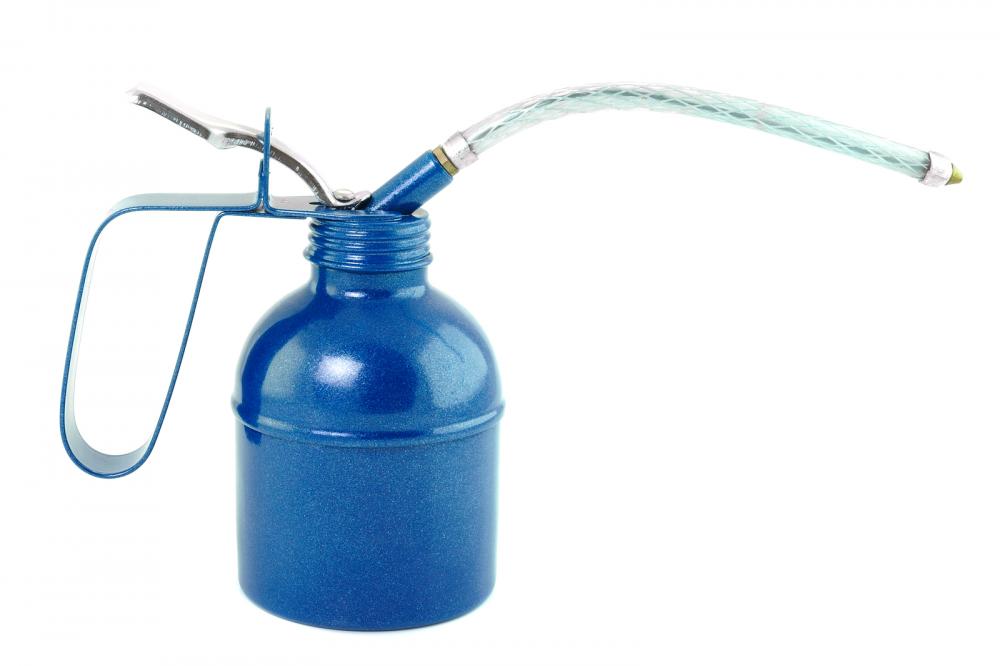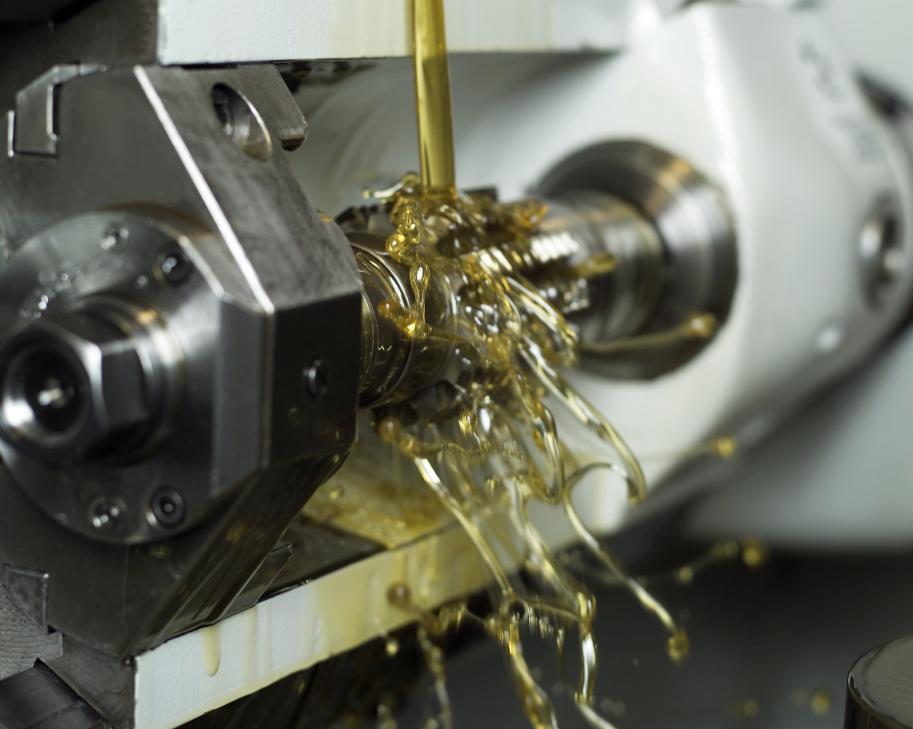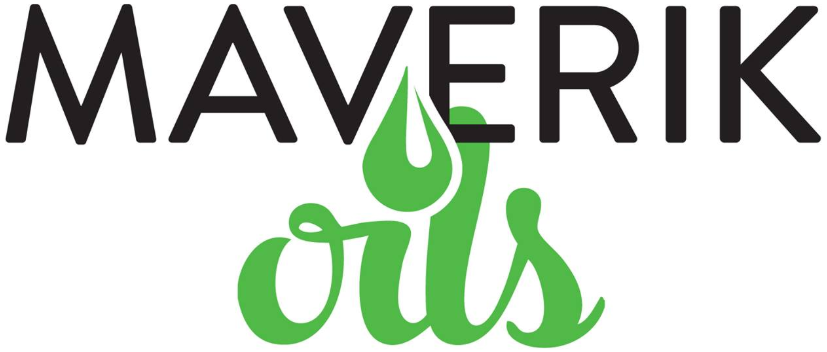A Detailed Guide on Food Grade Lubricants and Greases
Food Safety
Anything meant for human consumption is heavily scrutinized and regulated according to strict guidelines so as not to put the health of any of its consumers at risk. The food and beverage industry and pharmaceutical industries are strictly monitored when it comes to the quality of ingredients and the lubricants that they use. Only if it is deemed fit for human consumption is it cleared for use by the manufacturers.
There are several government authorities that have been created with the sole purpose of monitoring the safety of the equipment and procedures used in certain industries. Safety, hygiene, and maintenance are few of the major concerns of these authorities, and there are strict consequences for manufacturers and producers who violate the strict regulations for food safety.
What Is a Food Grade Lubricant?
Lubricants and greases are a very important part of every industry. They’re what keep the machines working. The main uses of lubricants and greases in a factory are:
- Lubricate the machines to keep them working smoothly
- Protect the machines from corrosion and rust
- Remove heat and other contaminants
- Protect against degradation by food products
There are several different ‘grades’ of lubricants. The grade of the lubricant refers to the level of processing it’s been through, which denotes what kind of products and processes it’s appropriate to use for. The lowest grade available is technical-grade lubricant, while food-grade lubricant lies on the other end of the spectrum.
In certain industries where the end products are meant for oral consumption, extreme care must be taken when it comes to what kind of lubrication is used. Even the most remote incident of the lubrication coming into contact with the product has to be taken into account, and its safety for consumption must be confirmed.
Food-grade or food-safe lubricants are any industrial lubricants that are deemed safe for even minor contact with any items that may be consumed by humans or animals. Even then, the lubricant should not exceed a certain specified concentration, i.e., 10 parts per million. Only then is it considered incidental. Products and items that require food-grade lubricants for production include:
- Food
- Cosmetics
- Beverages
- Animal feed or pet food
- Medicines and Supplements
Food grade lubricants are used to lubricate machines that are responsible for the production of these products. At most, they are only thought safe for incidental consumption. Typically, incidental contact is accidental and may occur through leaking, contact, or spillage.

The Difference between Food-Grade Lubricants and Greases
While both these items can be used alternatively to oil the machinery and equipment in a factory, there is a slight difference between lubricants and greases. Greases merely have a thickener added to them. This gives them a higher melting point, which enables them to be used in places where the running temperatures are high. Both of them are used in industries and factories, according to the equipment specifications and working conditions.
Classification
The United States Department of Agriculture (USDA), which typically oversees the safety and hygiene of the industrial lubricants used in industries, primarily came up with three general categories for food-grade lubricants. The registration and classification of a new lubricant under any one of the three categories depend on the list of ingredients contained within the lubricant.
H1
H1 is a non-edible lubricant that is used in processing functions where incidental contacts are expected between the product and lubricant. They are often referred to as ‘above the line’ lubricants and are classified as such if they contain ingredients labeled as HX-1.
These are used on food-processing equipment and to lubricate machine parts, especially in locations where the part in question can potentially be exposed to food. Since H1 lubricants are designed to be safe for incidental contact, there are more stringent guidelines for the formulation of H1, as compared to H2.
H2
These are lubricants that are used in places or equipment which are not expected to come into contact with the products at all. It is a non-food product and should only be used in isolated locations which are not exposed to the product at all. The ingredients for this category are not very specific, but lubricants in this category should not contain heavy metals like lead, cadmium, and arsenic.
H3
Unlike the other two categories of food-grade lubricants H1 and H2, H3 lubricants are food-grade oils and are completely safe for consumption. Edible oils are normally classified under H3 because the level of contact with the product is expected to be significant.
H3 lubricants are used for cleaning hooks, trolleys and trays on which the products are being carried, to keep them hygienic and protected from rust. It goes without saying that H3 is the most expensive of the three.
The manufacturers must be extremely cautious when deciding the level of contact expected to occur between the products and the lubricant. While it can be hard to determine the exact level of contact, a miscalculation could lead to the product being deemed unfit for sale and consumption in the market.
Besides these three classes of food-grade lubricants, there are food grade greases that can be utilized too. There are three that we’ll discuss below:
H3G
This is a grease lubricant that is derived from food. It offers low torque, exceptional water resistance, and negligible leakage. It can be used in situations where the temperatures go up to 90 degrees Celsius. Because it is food-derived, it is also used in manufacturing plants for Kosher and Halal food products.
KPM
KPM grease can bear extreme temperatures and is usually recommended for high heat applications up to 230C. It lasts 5 times longer than fluorine greases, which run down when exposed to such tremendous temperatures.
Molded-Oil Lubricant Grease
Suitable for dust-contaminated and corrosive environments, molded oil lubricant grease offers a reliable supply of lubricant within rolling surfaces without requiring multiple re-greasings. It also prevents leakages from occurring and is perfect for facilities that require high levels of sanitation and hygiene.
ELP
ELP (Extreme Lubricant Penetrant) is a new bio-based lubricant, used for all general purposes. This high-performance lubricant and penetrant is manufactured using select additives and natural seed oils. It is biodegradable and soy-based and exhibits brilliant performance with low adverse environmental impact.
Formulation Guidelines
Synthetic materials can be used to formulate food-grade lubricants without compromising on safety while ensuring high performance at the same time. There are very strict instructions and guidelines outlined by the USDA and NFS about the ingredients, their quality, and their formulation methods. To be cleared and approved by the authorities, the food-grade lubricant should:
- Not contain heavy metals, like lead and arsenic
- Not contain ingredients that are classified as carcinogens (a substance that can cause cancer), mutagens (a substance which causes mutations) or teratogens (an agent which increases the occurrence of congenital malformations)
- Be neutral in taste and odor – for specific types of lubricants
- Withstand chemical, temporal, biological, mechanical, or thermal stresses without premature degradation or any sort of negative impact to its neutral state
Testing for Quality Control
When the lubricant is finished being processed, it undergoes strict testing procedures to determine if it meets the highest quality standards imposed for food-grade lubricants and greases. A sample is taken from the processed batch of lubricants and tested in a laboratory for traces of contamination and ingredients. The many parameters for testing include the dropping point, unworked and worked penetration, and color/clarity of the lubricant.
If the lubricant passes the quality control checks, it is often sent for another round of tests. Once the lubricant satisfies all the requirements, it is packaged and made available for sale.
Maverik Oils follows the strictest quality control checks and makes sure that the food-grade lubricants it stocks meet all the guidelines defined by USDA. It has a variety of lubricants available, suitable for use in an assortment of purposes.
Questions to Ask While Choosing a Lubricant
Any item’s production consists of a vast array of equipment—pumps, pipes, mixers, tanks, oven chain drives, conveyor systems, automatic doors, compressors, and a whole host of other systems and units. Every single piece of equipment needs to be lubricated properly in order to keep working. If not properly lubricated, the equipment can be at the risk of corrosion, overheating, contamination by chemicals or natural elements, and a hundred other problems which could halt production for a while, resulting in the loss of billions of dollars in maintenance and lost sales.

If the wrong lubricant is used, you could end up compromising on the hygiene and quality of the product, as well as cost the firm millions in maintenance in case of the equipment being broken because of the wrong choice of lubricant used. Who would have thought that the simple act of choosing a lubricant could have so many consequences?
You need to think very carefully before deciding on what lubricants you’re going to use for different parts and stages of the machinery. Take experts into confidence; discuss and consult before you purchase food-grade lubricants from the wide variety available at Maverik Oils.
Here are a few questions that you should be asking before making the big decision.
Where Will the Lubricant Be Used?
What is the preparation area? Is it above or below the line? What kind of product is being manufactured? Is it used within a hot or cold application zone? In a hot application zone, greases with high withholding temperatures should be used, like KPM.
Is There Excessive Moisture and Contamination?
Though food-grade lubricants already minimize damage to the equipment, there are some that work better than others. In a high contamination environment, where there is greater exposure to pollution and natural elements, it would make more sense to use a grease-like molded oil lubricant grease.
How Much Will It Cost?
Of course, the cost is one of the biggest considerations when you’re running a business. High-quality food-grade oils are always costlier than their technical grade counterparts. There is an inverse relationship between the quality of lubricant used and the maintenance costs of the machines. So don’t shy away from purchasing the most suitable and superior quality lubricant for every individual part of the machine, as it will save you millions of dollars in repairs and maintenance.
Maverik Oils has a variety of food-grade lubricants available. Once you’ve made up your mind, after careful consideration, about what kind of lubricant or grease you need for your individual or business needs, contact us. You can purchase food-grade lubricants in bulk for your industries and factories, and choose from the large variety of option available at Maverik Oils.


